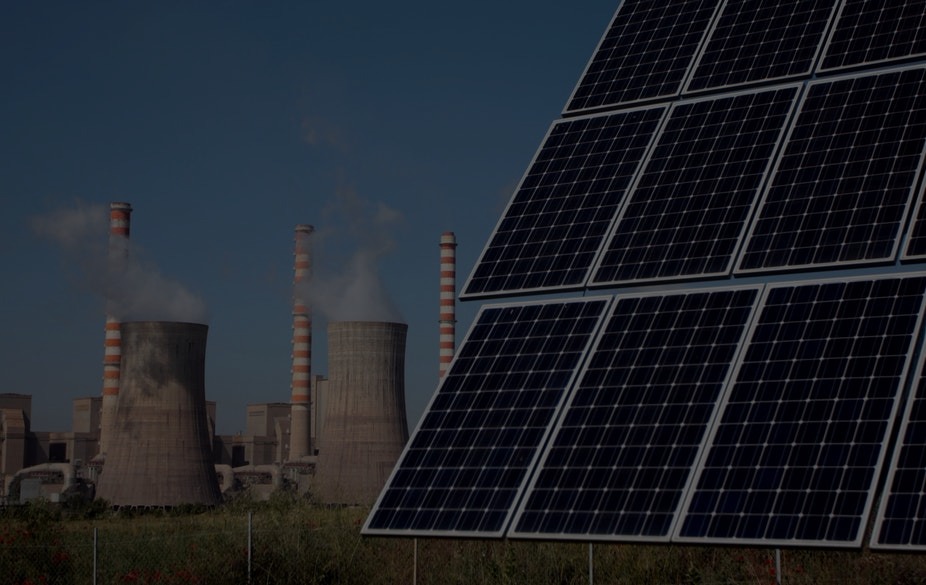The truth about the efficiency of renewable energy boils down to one word: economics.
According to conventional wisdom, it has long been understood that renewable energy will have a marginal impact on our everyday lives if coal-based electricity continues to be cheaper. In India, with the tariffs on solar and wind-based electricity falling below that on coal-based power, the prospects of renewable energy in the country have changed for good. The trajectory of India’s shift to renewable energy can be seen in the way international publications like The New York Times have covered the renewable energy sector in India – from scathing articles condemning India’s dependence on coal-based energy to more recent articles lavishing praise on the country’s renewable energy ambitions.
The watershed moment for renewable energy in India occurred on October 2, 2016, when it officially ratified the Paris Agreement of 2015. According to the terms of the Paris Agreement, India is set to replace 40% of its existing energy capacity (close to 175 GW of power) with renewable energy. India is a solar-surplus country with a vast untapped potential for solar-based power generation. So it is only natural that of the 175 GW renewable energy target, 100 GW is expected to be generated from solar energy.
Despite these bold steps for sustainable energy generation, nearly 240 million people in India continue to live without electricity. For a majority of India’s population, the challenge when it comes to energy is two-fold: finance and accessibility. For many people, the money spent on accessing power represents a significant part of their livelihood. At the same time, the existing grid-based power systems have not reached everyone in the country, leaving millions in the darkness.
The Kotra tehsil in Udaipur district, Rajasthan, is one such region in India without access to grid-based electricity. Kotra has the same problems as other remote, tribal regions in India – a chronic lack of access to healthcare, education and livelihood opportunities. The lack of access to energy compounds many of these problems, stifling development in the region.
Vivek Shastry, an energy analyst at the SELCO Foundation in Bengaluru, has been working with the community in Kotra, providing them with electricity through decentralised solar systems. According to him, “Energy is an entry point for many people. All development in agriculture, livelihoods and agro-based industries follow from there.”
For communities like the ones in Kotra, decentralised renewable energy systems – individual solar units or community wind turbines – could very well provide an alternative way of accessing energy. Despite the remoteness and relative backwardness of the region, solar power is not an alien concept to the people here. Over the past decade in Kotra, several cheap, China-made solar units have flooded the market. A few years ago, an initiative by the state government also provided many of Kotra’s residents with heavily-subsidised solar units. The cheap China-made solar products were often of poor quality and stopped working within a few years of use.
The systems provided by the government posed another challenge. As Vivek explains, “Solar systems worth ₹20,000 were subsidised and offered at ₹1,000. This was a great initiative. But without an existing network of service and repair, if the solar system stopped working for some reason or the other, people stopped using them entirely.” When it comes to ‘energy poverty’ in regions like Kotra, providing ‘band-aid’ solutions erodes the faith of people in renewable energy, thereby making it hard to convince them to take it up again. This is tragic because the benefits of solar energy are immense.
In the absence of grid-based power, the families in Kotra spend a substantial chunk of their monthly income on accessing traditional sources of fuel like kerosene or wood, which have an adverse impact on the health of the family, particularly the women and children. In villages throughout the region, the need for electricity is acutely felt. It is not uncommon for the men in the villages here to undertake long trips to the central marketplace to charge their mobile phones – for something as innocuous as listening to the radio or favourite Hindi movie songs.
Ensuring the success of renewable energy in Kotra requires innovative strategies. One method is to engage the local community members. The Kotra Adivasi Sansthan is an NGO that has been working for the rights of Adivasis in the Kotra region for more than 30 years. They are playing a pivotal role in convincing local community members in Kotra to take up solar energy.
Another effective strategy being practised in Kotra is to introduce an alternative financing model. The SELCO Foundation is working with Rang De to provide low-cost financing to the people in Kotra.
Since March this year, 25 families have been provided with solar units in the pilot phase of the project. The solar loans offered by Rang De will soon provide 45 more families in Kotra with solar energy units. These solar loans, which are to be repaid in monthly installments, are allowing many families with low incomes to go ahead with installing solar power units in their homes.
The persistent problem of ‘energy poverty’ in India can only be solved through concerted efforts of the government and policy interventions at the highest levels. But for the marginalised sections of the population, who often fall through the cracks in the system, a needs-based model of providing access to energy, like the one underway in Kotra, might be worth exploring.
Source: https://www.youthkiawaaz.com/2017/10/can-indias-big-bet-on-solar-energy-help-solve-energy-poverty/


